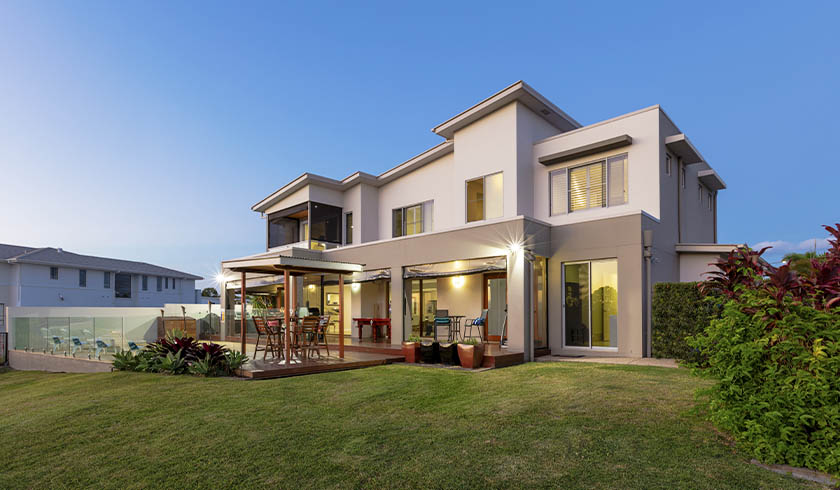High-end capital city markets lead property upswing
Amid the most recent recession in Australia, high-end capital city markets have outpaced growth in other areas, a new report has revealed.

CoreLogic’s Property Pulse has recorded a 2.7 per cent boost in value in the high tier of the market across the combined capital cities in February, up from a growth of 0.5 per cent in January.
CoreLogic defines the high tier of the market as the top 25 per cent of property values in any given region. As of February 2021, this refers to dwellings amounting to $960,000 and higher across the combined capitals, with the typical value sitting around $1.2 million.
“The high end of the market clearly led growth in values over the month,” according to CoreLogic’s head of research Eliza Owen in a statement.
In comparison, the middle 50 per cent of dwelling values or the mid-tier (priced around $675,000) increased 1.5 per cent, while the low end of property values (under $497,000) increased 1.2 per cent.
Ms Owen said that the growth in the high end of the market follows a deep downward trend caused by COVID-19 and the mobility restrictions.
In fact, in 2020, the high tiered index declined by 4.3 per cent, which is significantly higher than the 1.6 decline across the mid-tier and the 0.8 per decline in the low tier.
According to the head of research, the buoyancy at the low end of the market last year may be largely due to the increase in activity among first home buyers, which was marked by a 42.3 per cent increase in first home buyer lending in the year to January.
“The resilience at the low end of the market during the downswing tends to be a common cyclical pattern, as does the outperformance of the high end of the market during an upswing,” Ms Owen commented.
But as values recover in 2021 and incentives are wound back, she expects first home buyer activity to decline to lower levels.
On the other hand, “the current upswing in property values is already showing outperformance of the high end across the capital cities, and within many of the capital cities”, Ms Owen noted.
High-end hotspots
Sydney, Melbourne and Canberra saw the highest growth across the high-tier, with increases of 4.5 per cent for Sydney and Canberra and 4.0 per cent for Melbourne.
As of February 2021, average value in the high-end of the market across Sydney stood at $1,715,901, while Melbourne recorded $1,251,377, Brisbane $834,350 and Canberra $1.004,452.
Looking closer at the different capital city regions, Sydney’s Northern Beaches emerged with a significant increase of 6.4 per cent in the three months to February. This was followed by 5.3 per cent increase across the Baulkham Hills and Hawkesbury region.
In Melbourne, the Mornington Peninsula recorded a quarterly growth of 7.9 per cent over the same quarter, while East Melbourne saw a 2.5 per cent increase over February.
Looking ahead
Despite the upward trend in the high-end of the market, Ms Owen advised investors to still consider long-term patterns before ultimately jumping on a certain segment of the market.
For instance, while high-end property markets seem more risky during downturn periods, they could also deliver higher returns in periods of upswing, as is being observed at the moment, Ms Owen pointed out.
On the other hand, the low-tier “may appear subdued while the rest of the market is booming, but holds its value relatively well during downturns”.
“Looking at long term annualised growth rates of values within the capital cities suggests 10 year annualised growth is fairly uniform across the different value segments,” according to the head of research.
In 2021, the mid-tier and low-tier segments of the market are expected to follow the same trend as the high-tier, “though growth rates are not expected to be as strong”, Ms Owen concluded.
